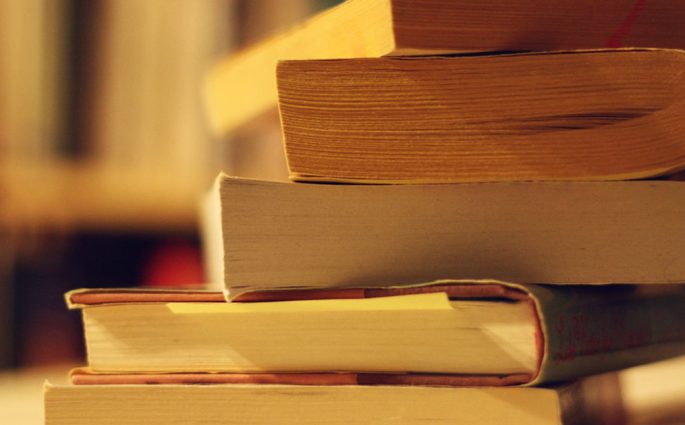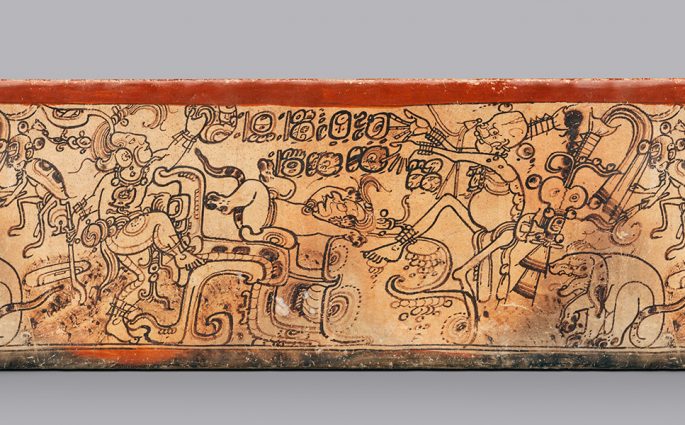A Personal Canon: K. L. H. Wells on Five Influential Texts
My development as an art historian has been profoundly shaped by the legacy of modernism and its relationship to decoration, craft, and design. In chronological order, here are five books that have motivated my thinking on the importance of applied arts in the conceptualization of modernism. Mark Wigley, White Walls,


